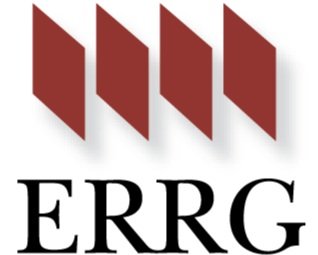Risk Assessment, Tonto National Forest, Maricopa County, AZ
On behalf of the US Forest Service, ERRG prepared a Risk Assessment of a property located east of Phoenix, Arizona. The assessment focused on an approximately 0.25-acre area where existing buildings were identified. Mining claim records on file indicated that the family had maintained a fluctuating number of claims for many years on the site, dating back to the 1930s.
The purpose of the risk assessment was to collect soil, sediment, and groundwater samples for laboratory analyses and evaluate the analytical results to prepare a streamlined risk evaluation (SRE) to assess potential health impacts if no cleanup action occurs at the site; develop a conceptual site model to illustrate the source of contamination and its distribution; identify preliminary applicable or relevant and appropriate requirements for potential future actions; and provide recommendations for future actions.
ERRG collected primary samples of groundwater, soil, and sediment and background samples of soil and sediment. Laboratory analytical data were reviewed and validated to determine their acceptable quality for decision-making purposes. Soil and sediment data collected during the SRE were compiled and screened against site-specific background concentrations. Results of the primary soil and sediment samples were compared against the background concentrations to identify chemicals of potential concern (COPCs) for further screening. The identified COPCs included metals in groundwater and volatile organic compounds, organochlorine and organophosphorus pesticides, polychlorinated biphenyls, and dioxins in soil and sediment. The COPC results were then compared against applicable regulatory risk-based concentrations to evaluate risks to human and ecological receptors.
Based on the SRE results, no unacceptable risks were posed to human receptors that might come in contact with groundwater, soil, or sediment at the site. However, structures on the site, including the open adit and unprotected wells, pose a physical hazard to future human receptors. As a result, it was recommended that existing foundations be demolished and the open adit and wells be closed. The SRE also identified the following chemicals of ecological concern in soil and sediment at concentrations that may pose an unacceptable risk to ecological receptors: cadmium, chromium, copper, lead, manganese, vanadium, and zinc. As a result, further evaluation of the risk to ecological receptors was recommended to further delineate the nature and extent of contamination in soil and sediment, including preparation of a baseline risk assessment.


